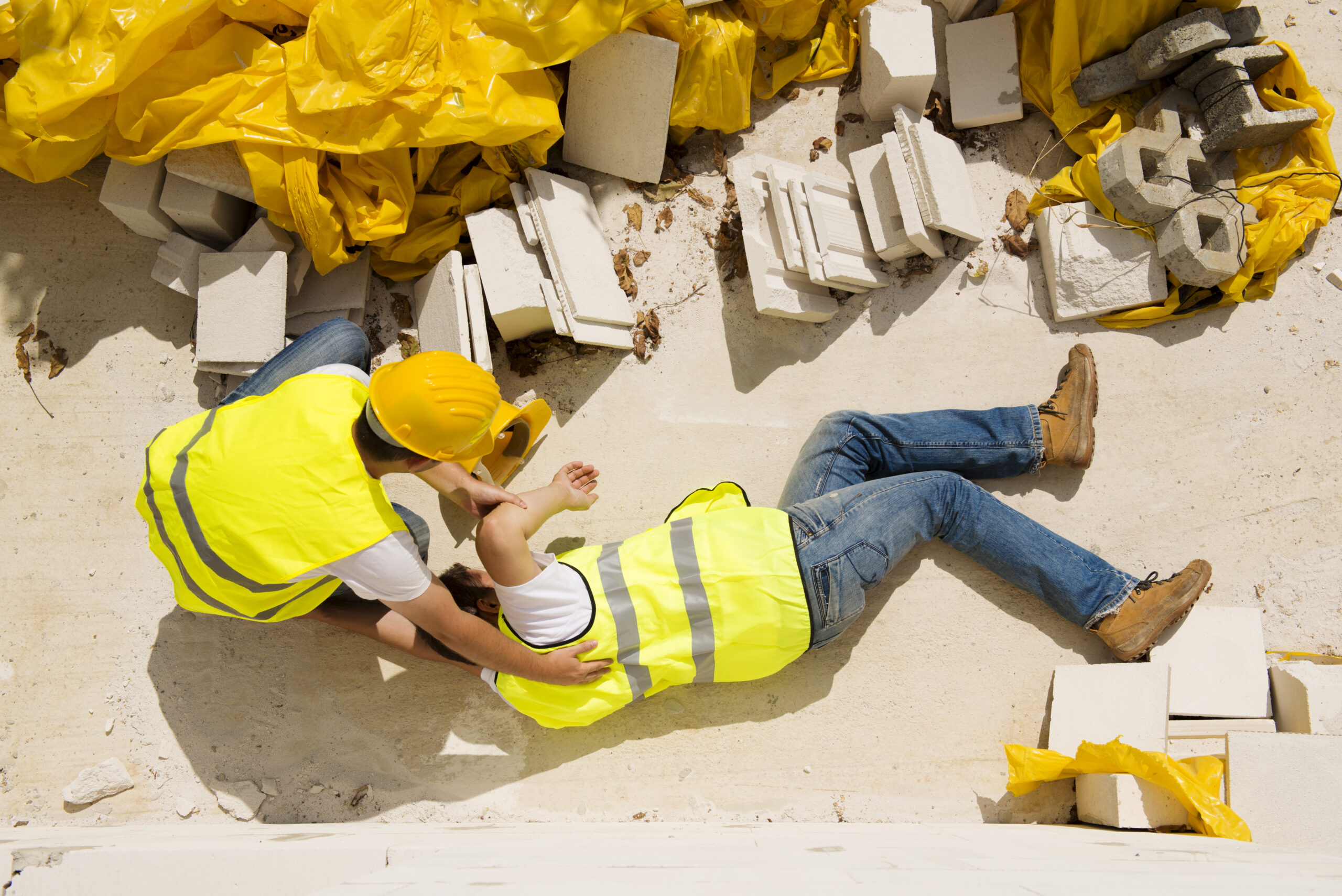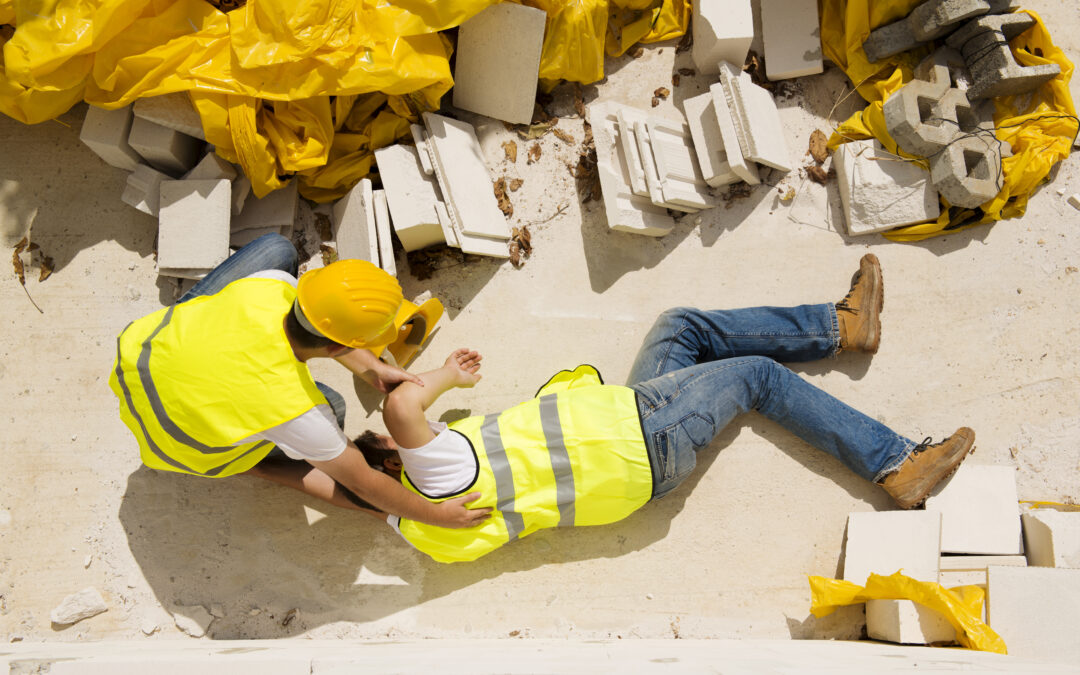Introduction to Emergency Preparedness
Being prepared for an emergency can help you and your family stay safe and informed in the event of a disaster. It’s essential to have a plan in place before an emergency occurs so that everyone knows what to do when it happens. In this article, we will discuss how to prepare for different types of emergencies, from natural disasters like hurricanes or earthquakes to man-made events such as power outages or terrorist attacks. By taking proactive steps now, you can ensure that you are ready for any situation that may arise.
Creating an Emergency Plan
The first step in preparing for an emergency is creating a plan. This should include information on evacuation routes, meeting places, and contact numbers for all members of your household. Make sure to consider any special needs, such as medications or medical equipment, and make arrangements accordingly. It’s also important to practice your emergency plan regularly so that everyone remembers what to do in case of an actual emergency.
Building a Disaster Kit
Another crucial aspect of emergency preparedness is building a disaster kit. This should include supplies such as food, water, flashlights, batteries, and first aid materials. Make sure to store these items in a convenient location where they can be easily accessed during an emergency. It’s also a good idea to rotate your supplies periodically to ensure that everything is still usable.
Staying Informed During an Emergency
During an emergency, it’s essential to stay informed about the latest developments. Keep a battery-powered radio handy so that you can listen to news updates and weather reports. You can also sign up for local alert systems, which will send notifications to your phone or email address in case of an emergency. Remember to follow instructions from authorities and avoid unnecessary travel until the situation has been resolved.
Evacuation Procedures and Routes
If evacuation becomes necessary, it’s critical to know your evacuation procedures and routes. Identify multiple escape routes from your home or workplace, including alternative routes in case one route is blocked. Practice these routes with your family or coworkers so that everyone knows what to do in case of an emergency.
Practicing Your Emergency Plan
Finally, practicing your emergency plan is key to ensuring that everyone stays safe and informed during an emergency. Conduct regular drills with your family or colleagues so that everyone knows what to expect and can respond quickly and efficiently in case of an emergency. Remember to review and update your plans regularly to account for changes in circumstances or new information.

In conclusion, being prepared for an emergency can give you peace of mind and help keep you and your loved ones safe. By following these tips and creating a comprehensive emergency plan, you can minimize the impact of unexpected events and recover more quickly if disaster strikes.




